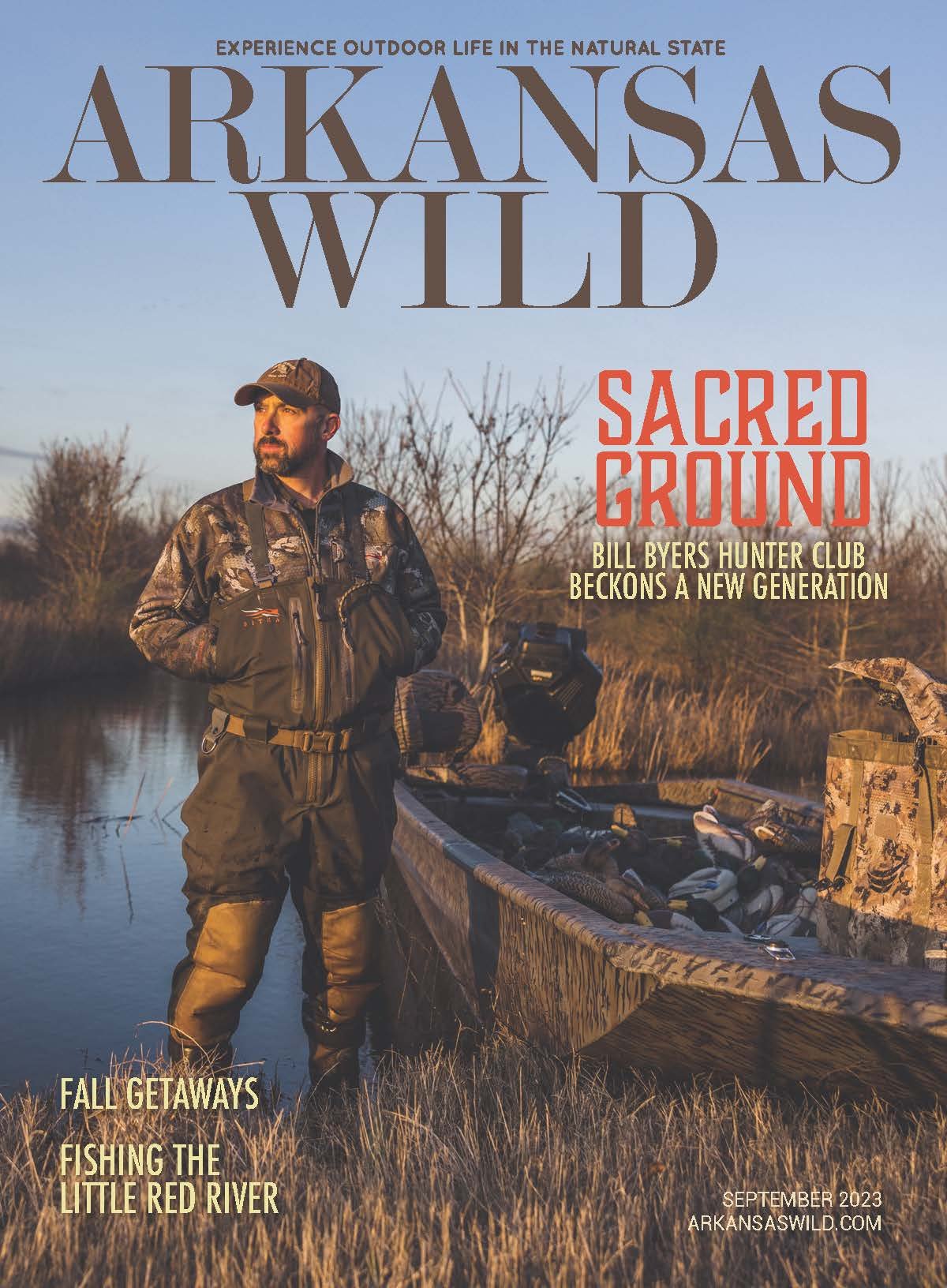Arkansas Crappie
Finding the best crappie fishing in Arkansas is a numbers game
By Matt Schroeder
The clear water at Lake Maumelle makes snagging crappie a little more difficult. They’re most easily caught during the spawn.
Arkansas is known for its diverse waterbodies and abundant fisheries, but when it comes to table fare, most Natural State anglers will cast their votes for the tasty crappie.
Arkansas’ perennial crappie powerhouse is Lake Conway. It not only has a large population of crappie, but many of them are slabs (the crappie fisherman’s nomenclature for a big fish). The Arkansas Game and Fish Commission (AGFC) studies the lake’s crappie each year by setting out nets that trap fish and allow biologists to collect various information about the number of fish they catch, as well their size. Lake Conway sampling data reveal that the 6,700-acre lake averages 49 crappie per net per night, the highest average in the state. And 36 percent of the fish exceed 10 inches in length. One of the most productive tactics is fishing for crappie around live cypress trees in the spring.
Harris Brake in Perry County is locally known for its high density of slabs. AGFC data show that 48 percent of the fish collected during net sampling are greater than 10 inches in length, giving Harris Brake the distinction of having the highest average length for crappie in the state. The large size of the lake’s crappie results from an abundance of forage, which enables extremely fast growth rates. The average length of a 2 ½-year-old crappie on Harris Brake is 11.4 inches.
At Lake Nimrod, angler creels attest to the lake’s sheer number of crappie. Anglers often report catching more than 100 white crappie a day. The lake’s abundant crappie population stems from consistently high water during the spring, which results in good reproductive success for the lake’s crappie and the survival of young fish.
Lake Dardanelle often provides very good crappie fishing, as well. The crappie population is dependent on Arkansas River flows. High–water years from 2007 to 2009 resulted in numerous limits of slab white crappie in the years to follow, and recent high–water years should produce similar results in the future.
There are several other noteworthy crappie lakes in Arkansas, one of which is Lake Maumelle. Because of the water supply lake’s very clear water, catching Maumelle crappie can be tricky. Maumelle is dominated by black crappie that are most easily caught during the spawn near the edge of aquatic vegetation.
Southwest Arkansas anglers frequently catch good limits from the waters of Lake Millwood and nearby Bois d’Arc Lake. Northwest Arkansas isn’t as well known as a crappie destination as other areas of Arkansas, but the upper end of Beaver Lake has been experiencing a recent crappie boom, the result of high several high-water years.



